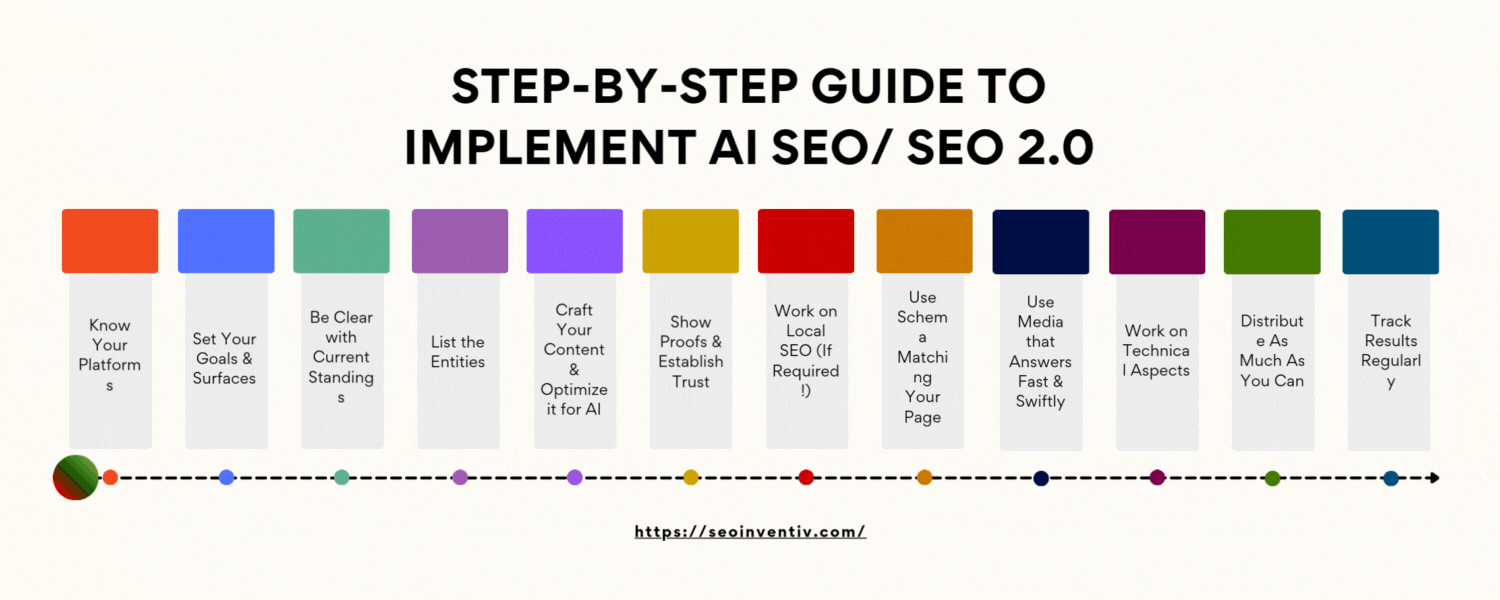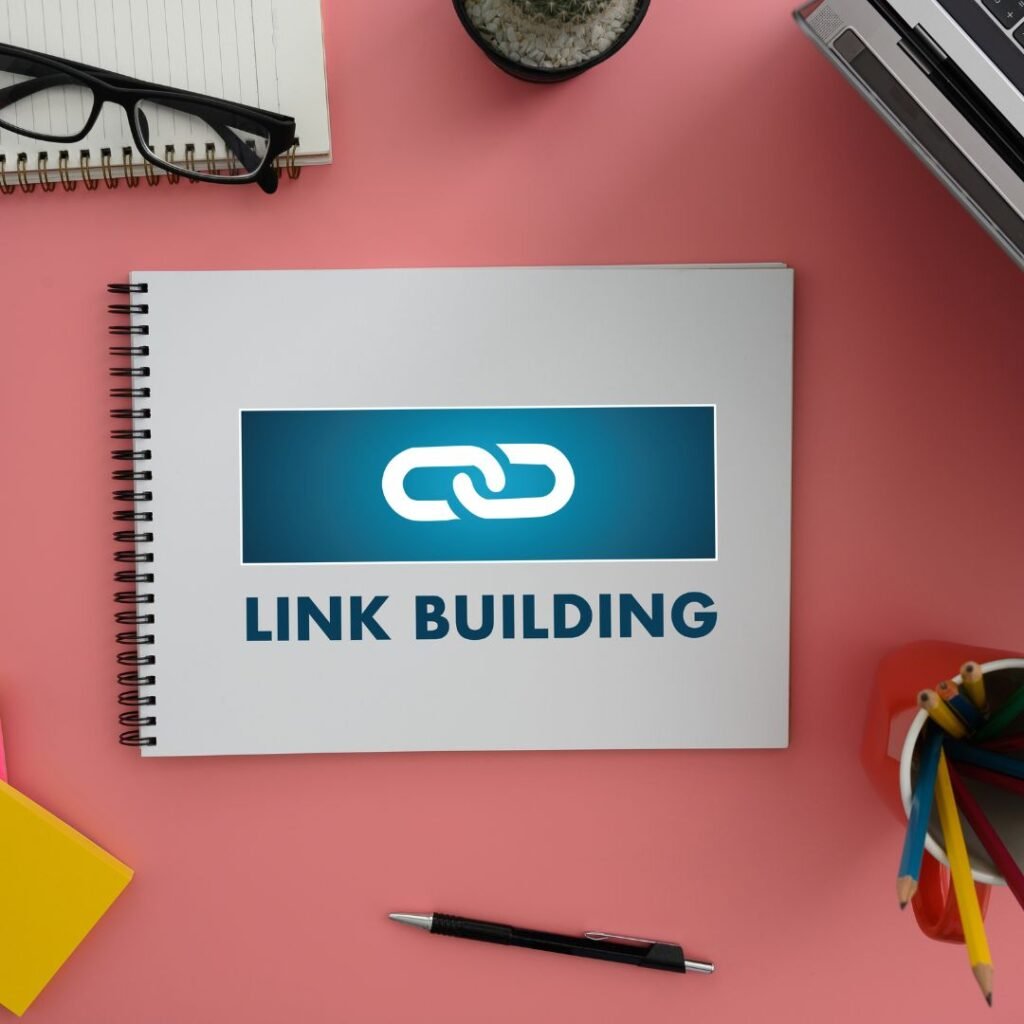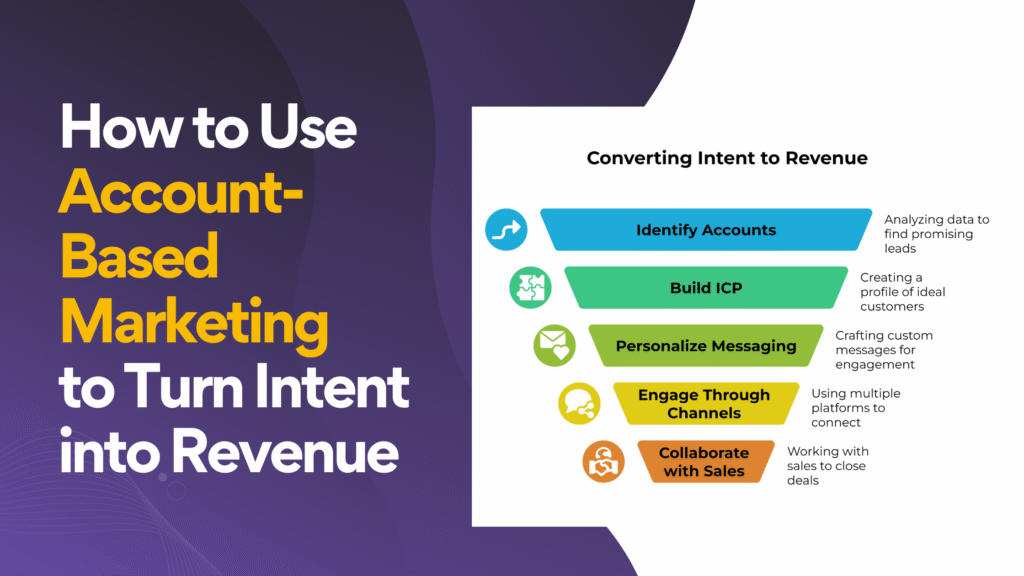The rapid and constant evolution of the digital world has largely changed the way in which we approach SEO. Be it the rise of Artificial Intelligence (AI) or the constantly changing user behaviour, conventional SEO has changed a lot, which has given birth to AI SEO.
What is SEO 2.0 (AI SEO)?
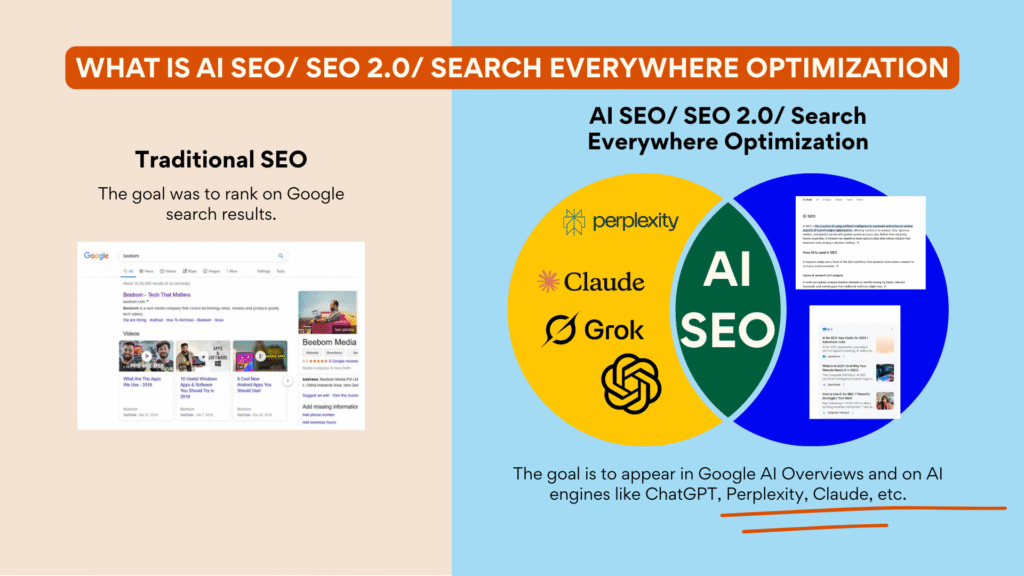
SEO 2.0 is a shift of focus from Search Engine Optimization to Search Everywhere Optimization.
SEO 2.0, unlike conventional SEO, efficiently uses machine learning & AI to get your platform ranked and make the search engine trust it.
You can term it as AI SEO, SEO 2.0, Search Everywhere Optimization or even SEvO. The definition remains the same, using machine learning & AI to get your platform ranked.
Today, users, along with searching on Google, also search on platforms like Reddit, Quora, ChatGPT, Perplexity & other AI platforms, LinkedIn, Pinterest, Alexa, Siri, Google Assistant, and many more.
SEO 2.0 primarily focuses on being present everywhere and making sure that all the major platforms that users use are subtly covered.
What Makes SEO 2.0 Important?
The Changed Search Behaviour
Today, searchers don’t just use Google anymore. They use several other intuitive platforms like ChatGPT, LinkedIn, YouTube, etc., to get a specific and clear idea of the topic they are looking for.
Also, the voice search has been a major source for searchers today, which has to be your focus if you are looking to form a solid SEO strategy. As per DemandSage, around 20.5% of searchers all around the world use voice search every day, and SEO 2.0 efficiently covers this aspect.
The Rise of AI
DemandSage mentions that as of July 2025, ChatGPT has over 800 million weekly users. Now, if you aren’t focusing on this large number of users, you are simply digging a hole for yourself. Platforms like ChatGPT enable users to get answers with just a single click.
Hence, your website content has to be optimized such that it subtly answers the questions of searchers. Your website should be optimized in a way that AI platforms also use your website as a source to answer the searchers.
Want to see how to actually shift from old SEO practices to strategies that work in the AI era? Check out our blog on the Pre-AI to AI-First SEO Strategy, where we break down 5 stats proving why pre-AI SEO fails and share the Founder’s Framework to get it right.
Enhancement in Difficulties to Build Trust
In today’s competitive era, building trust has become more and more difficult. There are several platforms available today, and a majority of customers explore a majority of these platforms before trusting any brand or service.
While traditional SEO might help you with traditional platforms, it might not be sufficient to cover these latest platforms. And, if you aren’t covering these platforms, you are making it difficult for your target audience to trust you.
SEO 2.0 helps you win the race of these platforms, which eventually makes a lot of things easy for you.
What are the Core Pillars of SEO 2.0
Some core pillars that you must stay aware of when formulating an SEO 2.0 strategy are as follows.
AI SEO Optimization
You aren’t doing really too well if your content isn’t discoverable by AI. Remember, 800 million users? That’s just from one platform. If your content isn’t entertained by AI, you are losing a major chunk of potential conversions. Your effective content strategy will play a crucial role here.
To make sure your content is well-optimized for AI SEO, take care of the following points:
- Prepare structured content
- Be clear, crisp, and authentic with your content
- Answer the questions revolving around your domain directly with your content
- Be consistent with posting so as to increase your authority
- Use keywords efficiently and remember that keyword spamming is way more dangerous than before
Platform Specific Optimization
Your content has to be optimized separately for the different platforms. Some ideas to do so for different platforms are:
- YouTube: Be right & creative with titles, descriptions, and keywords. 91% of users discover new brands and products on YouTube. The platform is, of course, huge & solid, and hence, important.
- Instagram: Use hashtags and captions wisely. Be sure to use reels & stories effectively to promote your services. Yes, a majority of users still prefer search engines, but 59% of Gen Z use platforms like Instagram over Google.
- LinkedIn: Long-form content still works too well on LinkedIn. However, make sure to provide some value with every content piece you post here
- X: X is still a strong platform for microblogging. However, be sure to be clear and crisp with every word you use to promote your services
- Amazon: Optimize the product titles and use the right keywords to increase the visibility of your products—around 45% of users search products directly on Amazon and not on Google.
Voice Search Optimization
The more natural your content language is, the more your content will be voice search-friendly. Just think this way, when you do any voice search, you are just natural. You don’t use any buzzwords or ask any questions in a complicated way. Now, to counter that, your content has to be direct, simple, and natural.
Some important ways to optimize your website content for voice search are:
- Use conversational keywords. Avoid using something that is too complex and rarely searched for
- Target more long-tail keywords
- Answer the common questions revolving around your domain directly
- Be consistent with your content tone, language and quality
Think Beyond Link Building
Today, Google and AI platforms go well beyond link referrals to the website. They are in search of the factors like:
- NAP (Name, Address, & Phone) across listings
- Website referrals in forums, communities, new sites, etc.
- Information on Wikipedia and other similar platforms
Hence, if you are focusing solely on link building to gain attention from Google or AI platforms, you might not be playing your best bet. Make sure to divert your focus to various areas that these platforms seriously look into.
If you’re looking for citation-worthy content strategies, check out our Content Strategy Services.
Step-by-Step Guide to Implement SEO 2.0
Know Your Platforms
Not every channel or platform might be your target, specifically at the initial level. Hence, know your target platforms at the current stage, and prioritize them accordingly. It would help you form a solid content strategy for each platform.
To figure out your platforms well and work on them efficiently, you can keep the following tips in mind:
- Analyze the behaviour of your target audience on different platforms. Evaluate their search & buying patterns on these platforms.
- Start with only 1 or 2 primary platforms before you start working on other platforms.
- Take conversion potential in your account, and not just current popularity.
- Focus on popular platforms first, and then focus on other small platforms.
- Take your current leads, outcomes, sign-ups, and sales into consideration and try to figure out which platform is yielding numbers with these aspects for you.
- Make sure to list the search engines you wish to yield the results on. Be it Google, LinkedIn, Reddit/Quora, Bing/Copilot, or any other platform, you should be absolutely clear about your focus.
Set Your Goals & Surfaces
To really win the SEO 2.0 race, you need to ensure that you stay specific. You need to be absolutely clear with your goals & surfaces. Focusing on a broader scope at the initial level would simply make things difficult for you.
To set your goals & surfaces rightly, consider following the steps mentioned below.
- Know your current position well. Knowing where you are standing currently would help you channel your SEO 2.0 strategy accordingly.
- Know your domain well. Not every domain takes the same time to yield results with all aspects. Knowing your domain would help you prioritize the goals & surfaces rightly.
- Research your competition well. Recognize the loopholes in your competitor’s strategy and prioritize them with your SEO 2.0 goals.
Be Clear with Current Standings
To start with SEO 2.0, it’s essential that you know your current standings well. Be it on Google or on platforms like Amazon, AI Tools, YouTube, or anything else, knowing your brand’s standings will help you form a solid SEO 2.0 strategy.
Follow the steps explained below to know your current standings clearly.
- Run a detailed SEO Audit using tools like SEMRush, Ahrefs, and Screaming Frog.
- Do competitor analysis to compare your standings.
- Get detailed insights into organic traffic and spam traffic on your website.
- Audit your backlink profile. Evaluate the sources from which you are getting backlinks.
- Get data from platforms like GA4 or Google Search Console (GSC) to get insights into your top 50 or 100 queries.
- Do a backlink audit, get stats on your organic or spam traffic, and crawl or index issues that you recently faced.
List the Entities
Listing your entity would make it easy for AI platforms to recognize your brand and see it as an authority.
Some key steps to perform here are:
- List your entities. Be it products, people, locations, or anything else relevant to your brand, list them.
- Prepare a pillar page for each topic. Add supporting guides, FAQs, and tutorials. Keep the page detailed yet simple and crisp.
- Do deep research on questions relevant to your domain that AI platforms answer. Rather than just focusing on keywords, try including pros/cons, PAA, Reddit/Quora threads, steps & tutorials, comparisons and tasks.
- Prioritize by user intent. Follow the buy/solve/learn approach along with the business impact factor.
Craft Your Content & Optimize it for AI
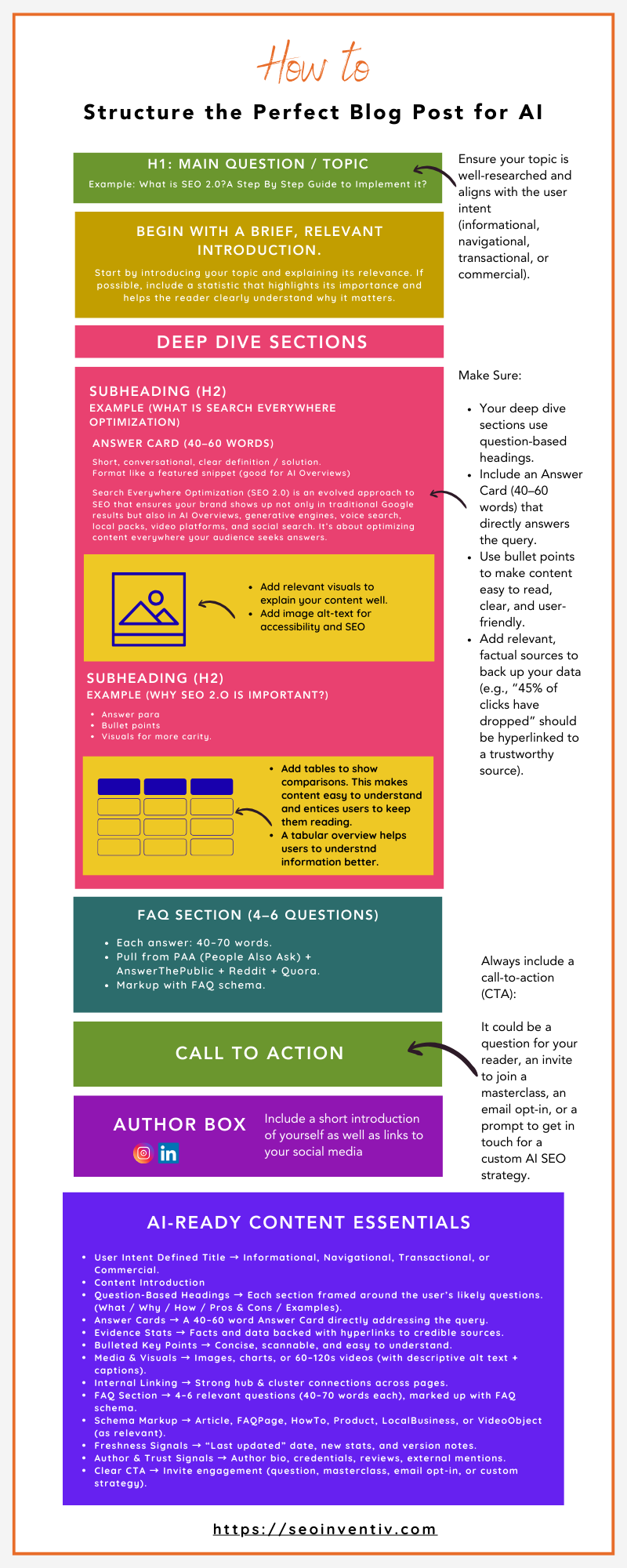
A majority of websites still haven’t optimized their content for AI. This is why they lack in terms of visibility. If you are one of them, you need to slow down a bit with everything and optimize your content as a priority for AI tools to crawl and index. Around 70% of millennials and Gen Z use AI platforms to get information about a product before actually purchasing it. Yes, the number is huge, and hence, demands your immense attention.
Some ways to craft your content & optimize it for AI are:
- Use natural language along with a conversational tone. AI platforms simply love that!
- Add FAQs, People Also Ask sections with your content and try to answer common questions directly.
- Make sure images & videos are efficiently optimized on your website.
- Try to write content in Q&A format. It would boost your chances of getting attention from AI platforms.
- Think beyond keywords. List & answer questions, give comparisons, list pros & cons, publish tutorials. Basically, provide the actual value in a way that the user doesn’t get bored by reading it.
- Make sure to do well with covering the search intent of the user.
- Add schema to your content. It would structure it in a way that makes it easy for AI platforms to crawl it.
Show Proofs & Establish Trust
Establishing trust among the audience as an author is way more important than ever. Be it your audience, search engine, or AI platform, you need to establish your authority as an author.
Some top ways to establish your trust as an author are:
- Add author bios, your credentials, and reviewers wherever & whenever required
- Use stats, screenshots wherever required. Also, add external links to redirect your readers
- Only use trusted sources for your research and prepare content. Make sure not to publish any exaggerated or unverified claims.
Work on Local SEO (If Required!)
Local SEO is one of the most underrated tools that would play a massive role in your SEO 2.0 campaigns. Of course, only if you work on it consistently.
Some major things to work on here are:
- Optimize your GMB profiles.
- Keep your NAP (name, address, and phone number) consistent across all your profiles.
- Optimize your local landing pages. They would work as Answer Cards when the user searches for something ending with “near me”.
Use Schema Matching Your Page
A schema is basically a blueprint of your website’s structure. It highlights the way in which your data is stored and can be accessed. The schema of your website must match your website domain. If not, your website might look unstructured and unintuitive.
Some key points to keep in mind here are:
- Use JSON that matches your on-page content. Be it breadcrumbs, articles, menu, FAQ page, contact us, galleries, or reviews, everything on your website must be structured and set in a meaningful way.
- Keep the information on your page truthful. Maintain transparency with the factors like price, availability of products & services.
- Add information like author & date published, to not only build your authority, but also highlight the freshness of the content.
Use Media that Answers Fast & Swiftly
The media you use on your website will be the heart of your website. Most of your audience will prefer to see media on your website before reading the content. Hence, your media should answer most of the common questions asked by your audience quickly.
Some reliable ways to be right with media on your website are:
- Consider adding explainer images on your website. Use descriptive alt texts + captions to ensure your images have proper descriptions.
- Consider adding short videos on your website to answer common questions. You can upload them to YouTube and embed them on your website page. Add VideoSchema for structure, and add full transcripts to breach the language barrier.
- Consider adding comparison tables along with checklists. Also, add flows of your products or services. Remember, LLMs adore clean structures and detailed information, and this step might help you massively here.
Work on Technical Aspects
Today, digital marketing is not only about correct navigation or an intuitive interface. You need to ace several technical aspects of your website too.
Some aspects you must consider working on are:
- Improve the website speed and core web vitals like LCP, INP.
- Add the important tags like “Last Updated” to highlight the freshness of the content.
- Use clean headers, URLs, and internal links on your website.
- Fix crawl/ index issues if any.
Distribute As Much As You Can
Once you have prepared the pillar content, the next step is to repurpose it and distribute the same on platforms like LinkedIn, Instagram, Reddit/Quora, etc.
Track the UTM tags to know the effectiveness of your marketing campaigns on this platform with your content.
Track Results Regularly
Tracking results on a regular basis is quite crucial to recognizing the loopholes and overcoming them before they ruin your strategy. Use platforms like Google Search Console, YouTube Studio, and Amazon Analytics efficiently to track the results with your SEO 2.0 strategy.
Some steps to follow here are:
- Use Google Search Console for results with organic keywords.
- Use YouTube Studio Analytics to get insights into CTR, engagement, and watch time.
- Make sure to set at least a weekly or bi-weekly schedule to track the analytics.
- Keep on optimizing your content according to the insights you get from your analytics.
- Check for organic clicks & assisted conversions (GA4 + GSC)
- Track your snippers & features. Also, keep on tracking your presence on AI Overviews.
Conclusion
In simple words, SEO 2.0 is no longer a future; it’s now. If you are still not considering evolving your SEO strategy and optimizing your platform for SEO 2.0, you are leaving a significant amount of visibility, website traffic, and, of course, revenue on the table.
With SEO, it’s not only about getting ranked on Google, but it’s also about ranking on AI platforms and optimizing for voice search.
If you are looking to optimize your website for SEO 2.0 and wondering how you do it, we have got you covered with our fully managed SEO services. Our experienced team comes with an immense experience to help you not only with a modern SEO strategy, but also yield long-term results with your entire digital marketing campaign. Do contact us to know more about our SEO 2.0 optimization services and give your website the best digital marketing minds!
People Also Ask
Is SEO 2.0 a direct replacement for traditional SEO?
No. In fact, SEO 2.0 is a modern SEO strategy that builds on traditional SEO. While SEO primarily focuses on Google and other search engines, SEO 2.0 targets search everywhere optimization. Be it video searches, AI platforms, or other relevant platforms, SEO 2.0 tries to cover a much broader scope.
Is SEO 2.0 more expensive than SEO?
Yes, SEO 2.0 does demand a bit more resources than SEO. But, with the diversified visibility it offers, the investment in SEO 2.0 is absolutely worth it.
How long does SEO 2.0 take to yield results?
Like traditional SEO, SEO 2.0 is a long-term game too. However, it might take 3 to 6 months to yield noticeable results with a concrete SEO 2.0 strategy.
What if I don’t move to SEO 2.0 for now?
In this AI SEO era, moving to SEO 2.0 is inevitable. The more you keep on delaying it, the harder & more time-consuming it will be to get results from your SEO 2.0 strategy when you move to it.
What are the most important platforms for SEO 2.0?
Instagram, YouTube, LinkedIn, Reddit, and Quora are some of the most important platforms to focus on for SEO 2.0.
 WhatsApp Now
WhatsApp Now
 +(91) 8700778618
+(91) 8700778618

